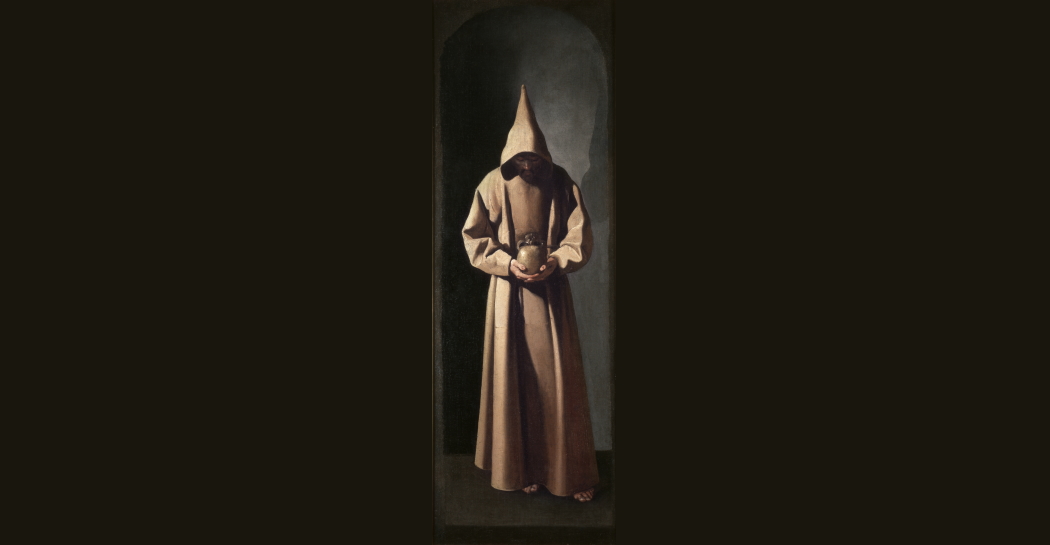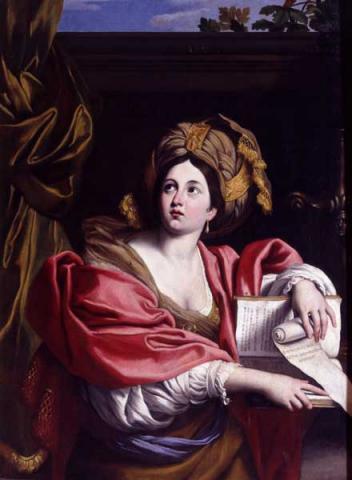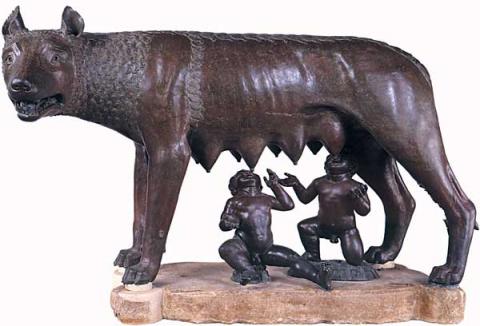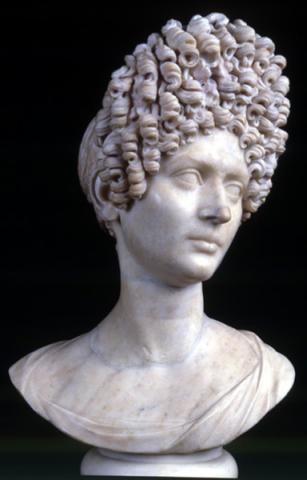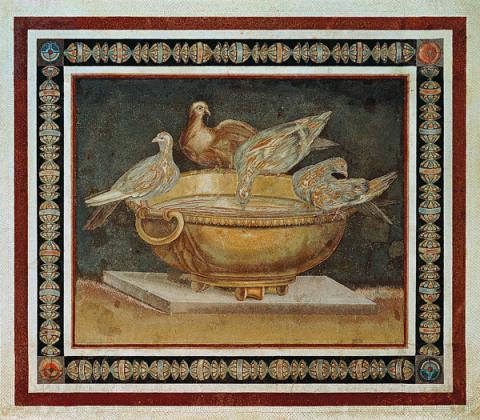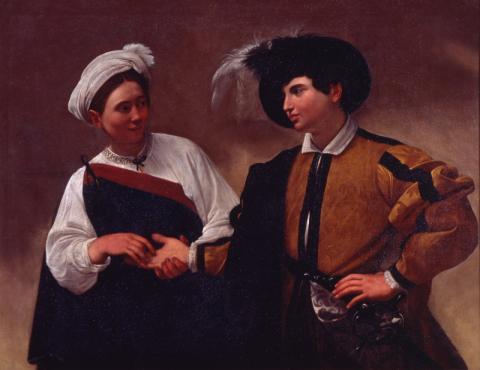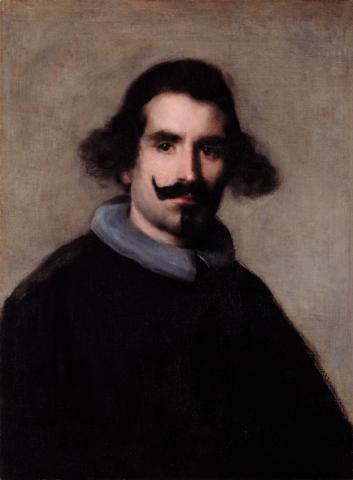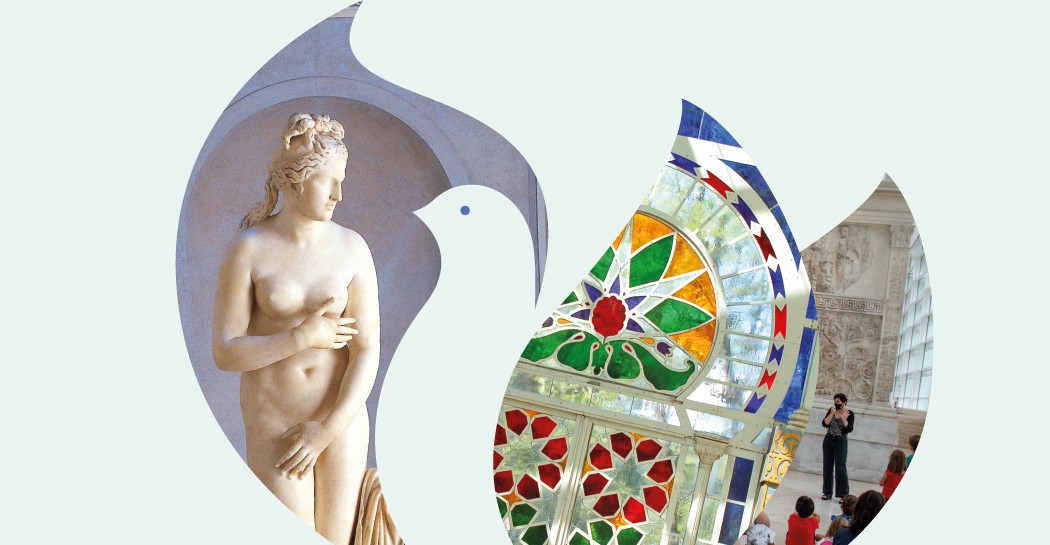Zurbarán in Rome
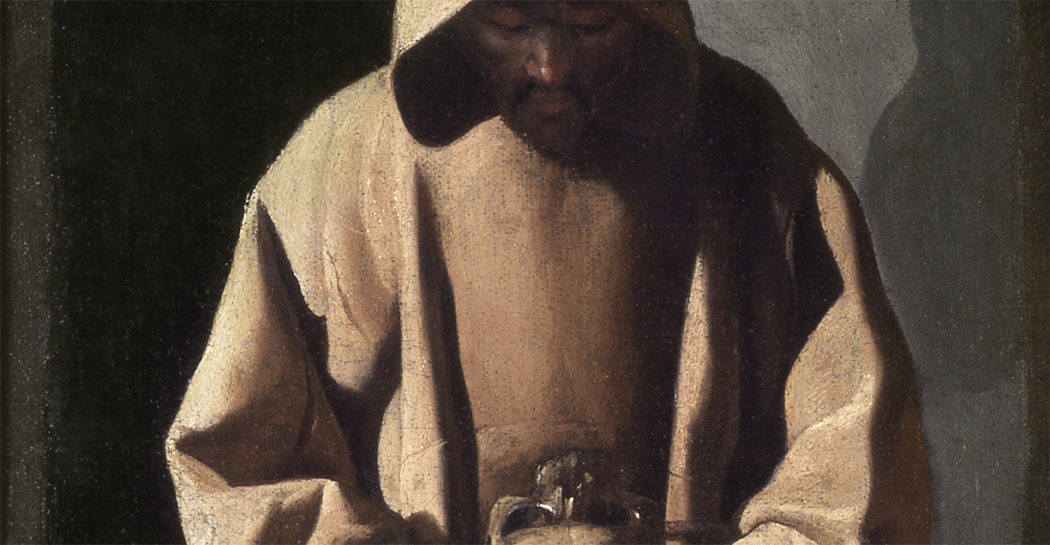
On loan from the Saint Louis Art Museum, for the first time in Rome, "St. Francis Contemplating a Skull" by Spanish painter Francisco de Zurbarán. The work is exhibited in the Hall of St. Petronilla at the Capitoline Museums, alongside canvases by Caravaggio e Velázquez.
For the first time, Rome will be placing the spotlight on the Spanish master Francisco de Zurbarán (1598-1664) who, alongside Diego Velázquez and Bartolomé Esteban Murillo, was one of the greatest representatives of Spanish painting during the so-called Siglo de Oro, the golden age of Spanish art.
Among the most impressive instances of the Spanish master’s mystical formalism, St. Francis Contemplating a Skull is on loan from the Saint Louis Art Museum, and its arrival at the Capitoline Museums presents an exceptional opportunity to gain close-up understanding of his highly original pictorial language, the lessons of which were first understood by nineteenth-century French painters and recognized by Italian and international critics only beginning in the 1920s.
Moreover, the choice of staging the work in the museum's St. Petronilla Hall places it in a dialogue with the two Caravaggio canvases present there – The Fortune Teller and John the Baptist – and with Diego Velázquez’s Portrait of Juan de Córdoba: four masterpieces, then, done over a fifty-year time frame, whose juxtaposition offers a reflection on the art of three key figures in seventeenth-century painting.
The Saint Louis Art Museum’s St. Francis Contemplating a Skull originally belonged to an altarpiece (retablo) conserved in the Carmelite church of the Monastery of San Alberto in Seville. In spite of its small size, it is one of the most fascinating depictions of the friar from Assisi.
The saint, a genuine pictorial obsession for the artist (who repeats the subject in other works over the course of his activity), is depicted standing, wearing his characteristic Capuchin frock while contemplating a skull he is holding in his hands. The composition’s severe and monumental appearance is accentuated by the strong geometric rigour, by the verticality of the hood, and by the folds in the garment that falls to the floor, leaving only the tips of the toes on his bare feet exposed. The silent dialogue between the saint and the skull symbolizes the passage from life to death, an allusion to the fragility of human existence, a recurring theme in Spanish Baroque art and in general the art of the Counter-Reformation.
The creative and visual process is therefore slow and not immediate as takes place in Caravaggio, and the lights and shadows do not take on a natural value, but a symbolic and spiritual one. In his ascetic contemplation of the skull, the saint proves detached and elusive, immersed in a mystical dimension that transcends the viewer’s perception.
The use of light is the focus of the juxtaposition between the Saint Louis Art Museum’s St. Francis and the Capitoline Picture Gallery’s Caravaggio and Velázquez paintings, highlighting the affinities but also the differences. In fact, although the relationship between form, space, time, and light is certainly their common denominator, the pictorial choices and the symbolic interpretation each artist gave of them differ a great deal.
Information
From March 16 to May 15, 2022
Every day 9.30 - 19.30
Last admission one hour before closing time
Closed: 1 May
Before planning the visit, CONSULT THE NOTICES
Access to the exhibition is granted to holders of a ticket according to the current rates
Free admission with MIC card
Call. 060608 (every day 9.00 - 19.00)
The exhibition project Zurbarán a Roma. Il San Francesco del Saint Louis Art Museum tra Caravaggio e Velázquez (“Zurbarán in Rome. The Saint Louis Art Museum’s St. Francis between Caravaggio and Velázquez”) is promoted by
Roma Culture - Sovrintendenza Capitolina ai Beni Culturali
Organized by
Zètema Progetto Cultura
Press Room
Gallery
Documents
1010356
